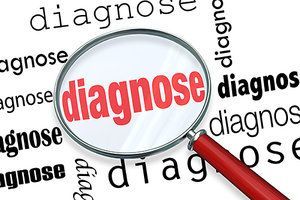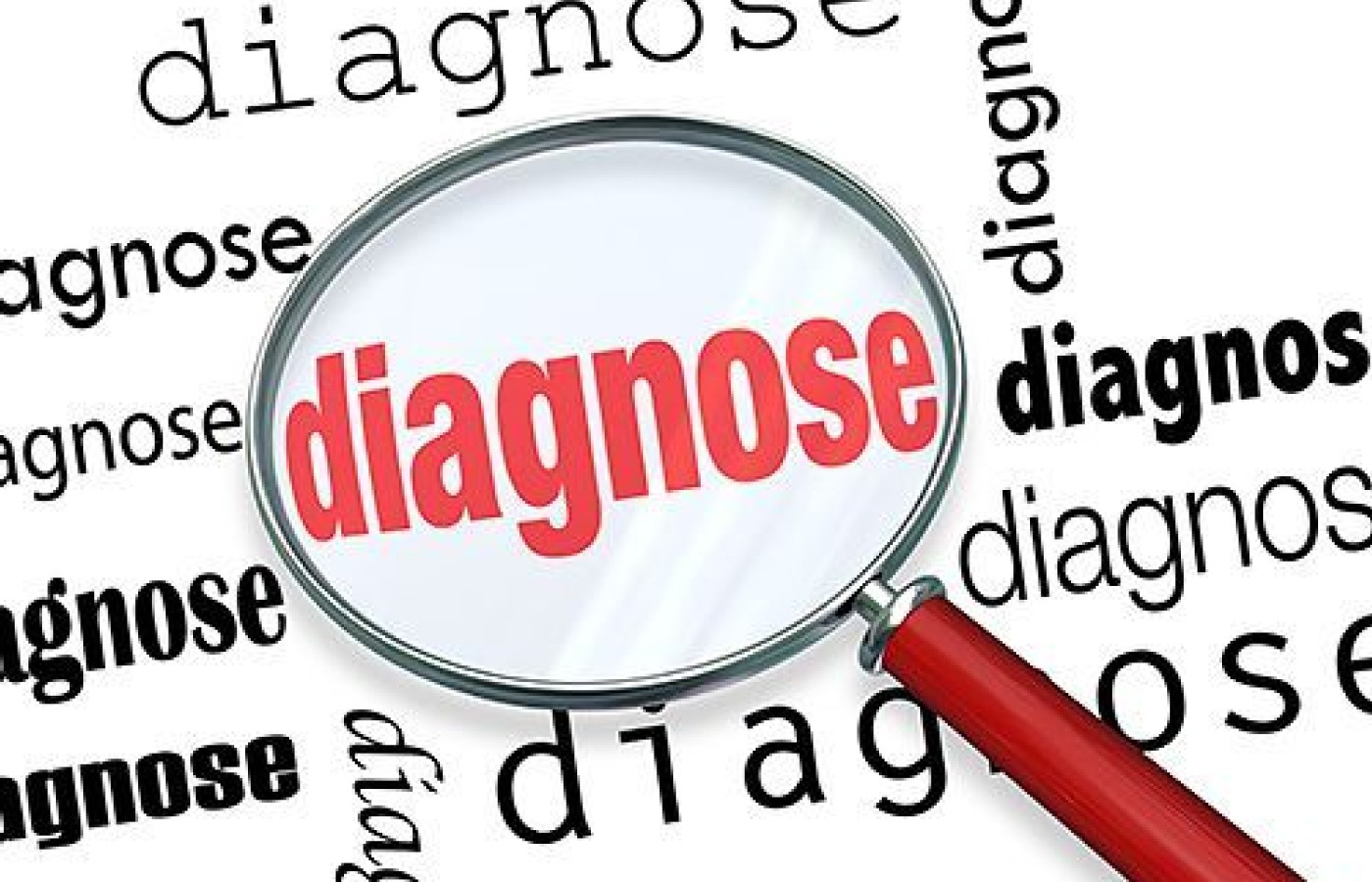Recent laws in New Jersey and California represent a disturbing trend that will negatively impact a practice’s ability to collect monies from patients, as well as expose them to significant penalties if the practice does not follow the mandatory guidelines to a T. Please be aware that a similar law may be coming to your state. The time to act is before the law is passed.
Back Pain With Dehydration and Constipation: What's the Cause?
You examine a 25-year-old female with a chief concern of "My back hurts." She has experienced the lower back pain 4-5 days per week for the past five years. She denies any history of trauma to the spine. The dull ache is generalized in the lumbar spine bilaterally without radiations into the lower extremities.
She does notice an increase in the severity of lower back pain by the end of her workday, which requires prolonged standing in an Amazon warehouse. She is unable to reduce the pain with exercise or stretching. A warm bath seems to help reduce the pain. She rates the worst pain at 4-5/10 and 0-1/10 at best.
She was examined by her PCP, given a diagnosis of nonspecific back pain and prescribed NSAIDs. Previous treatment with acupuncture and chiropractic provided only slight, temporary relief of the pain. Imaging of the lumbar spine did not demonstrate any degenerative joint / disc disease or scoliosis. Her PCP has also treated her for headaches and constipation.

She does not like to drink water for two reasons: 1) It causes her to interrupt her work to use the restroom; and 2) She does not like the taste of water.
She limits her food intake to two meals per day to maintain her weight of 150 pounds and water consumption to 24 ounces per day. Her diet is heavy in bread, meats and sweets, and low in vegetables. (She also does not like the taste of vegetables.)
Objective Examination
Vital signs: Height: 66 inches, weight: 156 lbs, BP: 135/74, pulse: 80, oral temperature: 98.2 F.
Observation: She is a well-nourished mesomorph who moves without pain. She is alert, cooperative and a good historian.
Posture: She demonstrates pelvic obliquity with an inferior, posterior right ilium and an anterior, superior left ilium while standing.
Gillet's test demonstrates fixation of the left sacroiliac joint. Palpation reveals myofascial trigger points in the right iliopsoas muscle and the thoracolumbar paravertebral muscles. A positive jump sign is present with palpation of the thoracic and lumbar paravertebral muscles and the iliopsoas muscles.
Posterior joint dysfunction is revealed at T11-12 with pain upon palpation, reduced range of motion at the T/L joints, and hypertonicity of the T/L paravertebral muscles. Kemp's maneuver demonstrates a full range of motion without pain. Active thoracolumbar range of motion is full, symmetrical and without pain.
3-Part Peripheral Neurological Exam:
- Sensory intact bilateral lower extremities to sharp and dull
- Motor 5/5 bilateral lower extremities
- Deep tendon reflexes 2+ and brisk, bilateral lower extremities
- Pathological reflexes: Babinski sign absent with toes down going
- No signs of clonus
Assessment
- Chronic LBP syndrome
- Maigne's syndrome
- Myofascial pain syndrome
Treatment Plan
- Soft-tissue treatments to reduce the trigger points, pelvic obliquity and lower back pain
- CMT to reduce pain, improve joint function and correct pelvic obliquity
- Three to five treatments over the next three weeks
- Increase water intake: 70 ounces daily
- Increase fiber intake in order to reduce constipation
Follow-Up
The patient completes three treatments over the first two weeks with only temporary relief of the lower back pain. She claims to be increasing her water and fiber intake, but complains that it is exceedingly difficult to do. Patient is advised to eat one fiber bar per day along with the increased hydration (70 ounces of water).
She returns to the office for her fourth treatment after an eight-hour workday, complaining of severe abdominal pain, bloating sensation and constipation. She says she feels too full and her stomach is cramping. It is obvious she is in severe distress; she asks if she should go to the ER. She says the pain started two-and-a-half hours earlier while finishing her shift at Amazon. She rates the pain at 9/10.
What Do You Do Now?
- Refer her to the ER?
- Perform additional history and examination?
- Tell her to call her PCP?
I suggest additional history and examination should precede referral to the ER; or back to the PCP is appropriate if you are comfortable with the process. Realize that the ER visit will be expensive and time consuming. She will wait while in severe pain and not be examined for hours.
Follow-Up History and Examination
Questioning of the patient reveals that she ate four of the fiber bars that day and drank only 16 ounces of water. She says the severe abdominal pain feels like pressure around the stomach. She cannot gain relief of the pain with change in posture. She is pacing with the pain and extremely anxious.
Examination of the abdomen does not reveal abdominal rigidity. Palpation of McBurney's point is not painful. There is no rebound abdominal pain. She now mentions that the pain has moved from around her stomach. She points to the area of the small intestine and rates the pain at 6/10.
New Assessment and Plan
You suggest that the severe pain was caused by the intake of too much fiber and dehydration. It appears to be moving through the gastrointestinal system. You recommend drinking lesser amounts of water every five minutes for an hour. She is advised that she could rest in the clinic or go to the ER. The choice is hers. Fortunately, she stays at the clinic and experiences relief of the abdominal pain within the next two hours.
She calls the office the next day to report she no longer is experiencing the abdominal pain. She is advised to limit the fiber bars to one per day maximum or start eating vegetables. She is again advised to consume more water; and to increase her daily exercise with walking and yoga.
Clinical Pearls
Six months later, the patient is following the recommendations with salubrious outcomes. No longer does she experience constipation or lower back pain. She has lost 15 pounds with regular exercise, while consuming a reasonable number of vegetables and amount of water. It is my opinion that the chronic lower back pain was due to her lack of exercise, poor diet and dehydration.I offer the following information regarding fiber intake and constipation. Switching from a low-fiber diet to a higher-fiber diet needs to be done gradually; otherwise the patient will have bloating, cramping and gas. Start adding fiber slowly. It is essential to increase water intake.
Fiber bars may be as palatable as candy bars and can add a substantial amount of fiber – a single bar can have up to 9 grams of fiber. While it may be fine to add one bar to the patient's daily diet, adding three or four at once may result in agonizing abdominal pain, especially if you do not increase the patient's fluid intake. A better way to add supplemental fiber is to use fiber powders that can be added to water. Increase any fiber supplement intake slowly over time.
Normally, fiber recommendations vary by both age and gender: A woman under age 50 needs at least 25 grams of fiber per day; a woman over age 50 also needs at least 25 grams per day of fiber. A man age 50 or younger needs 38 grams of fiber per day; a man over age 50 needs 30 grams of fiber per day.
Suggested Reading
- Quagliani D, et al. Closing America's fiber intake gap. Am J Lifestyle Med,2017 Jan-Feb;11(1):80-85.



